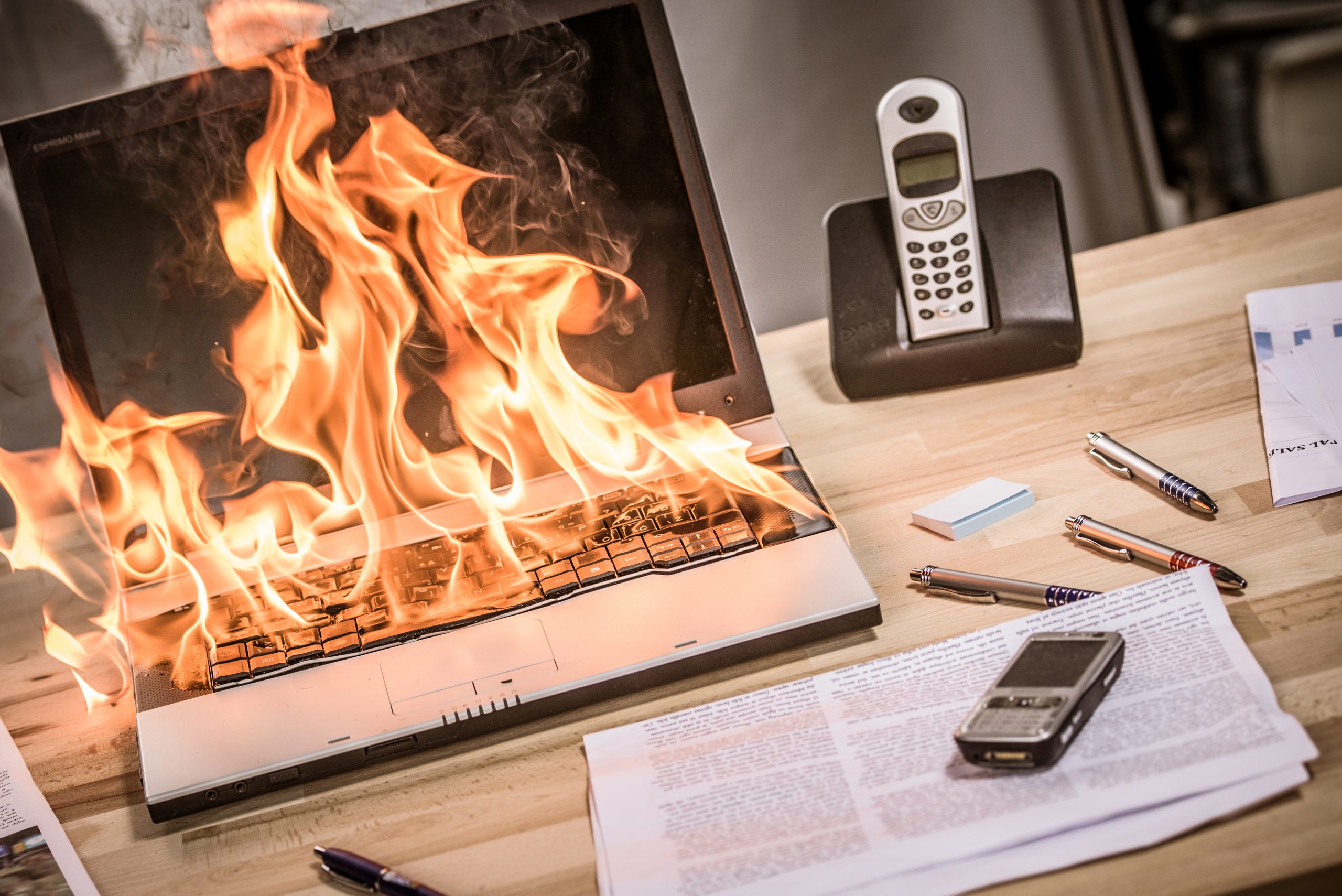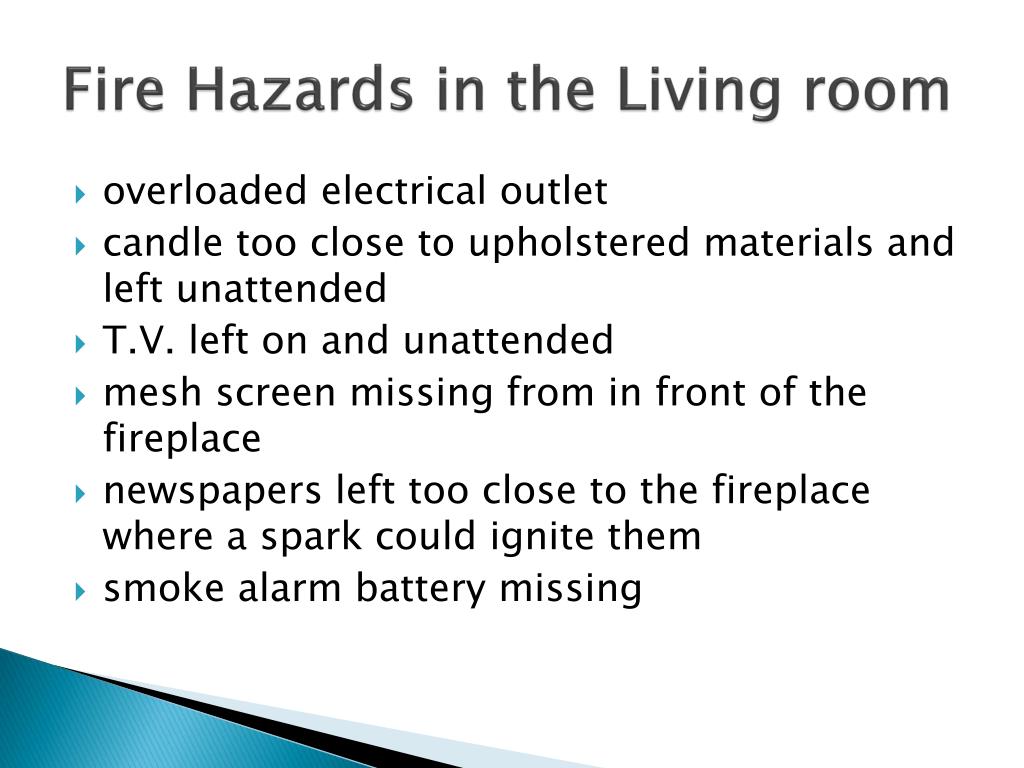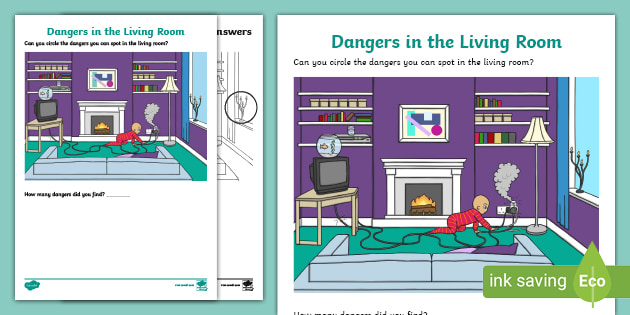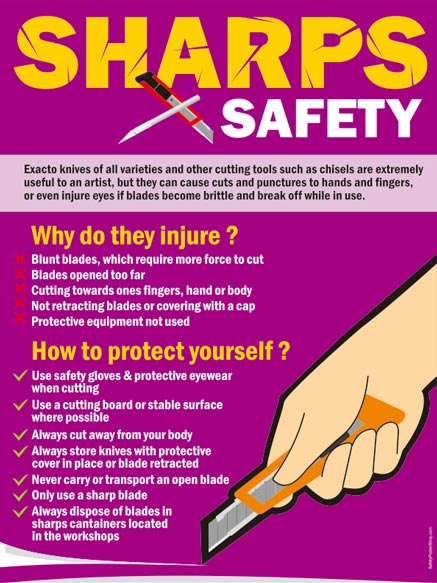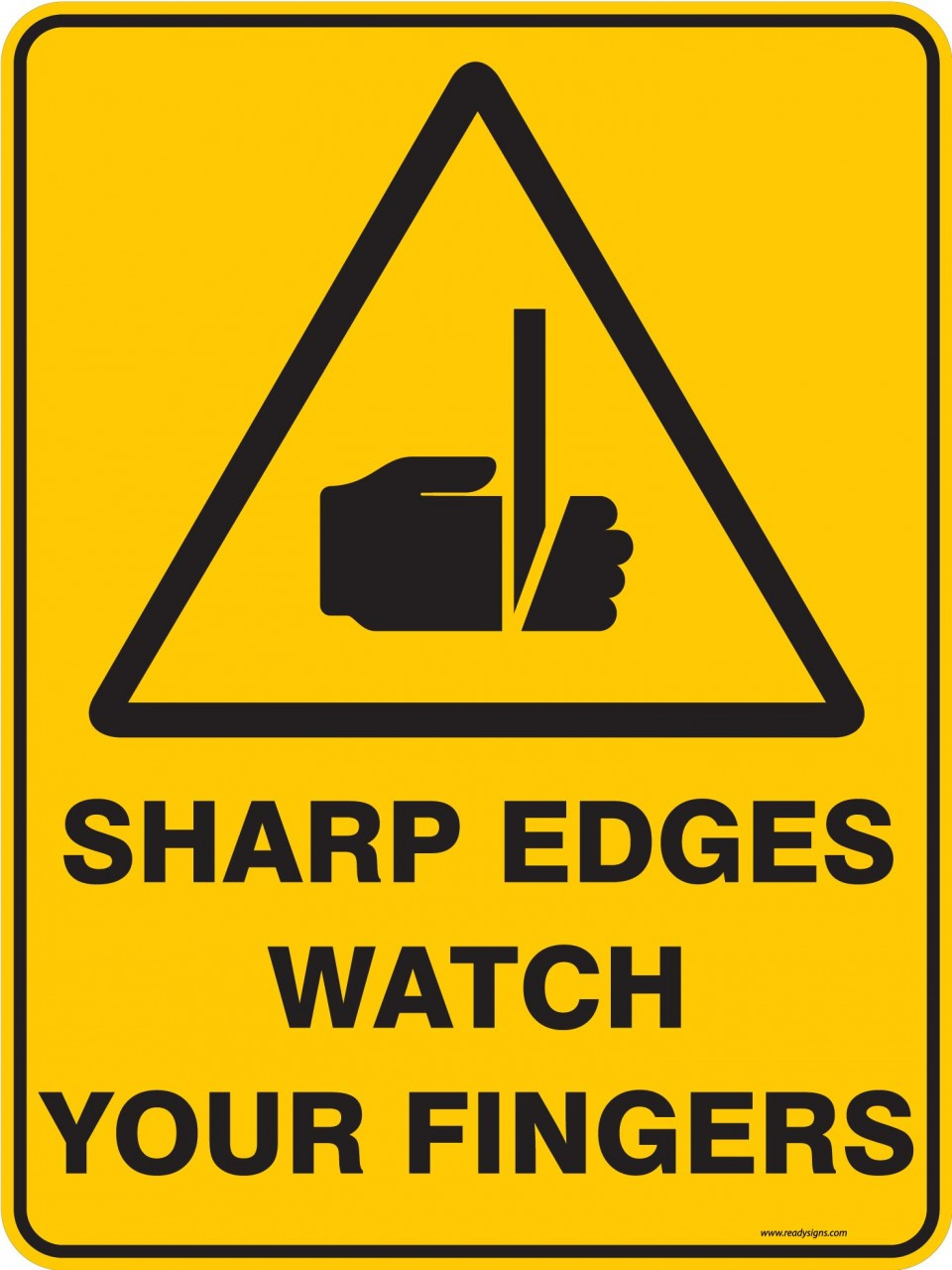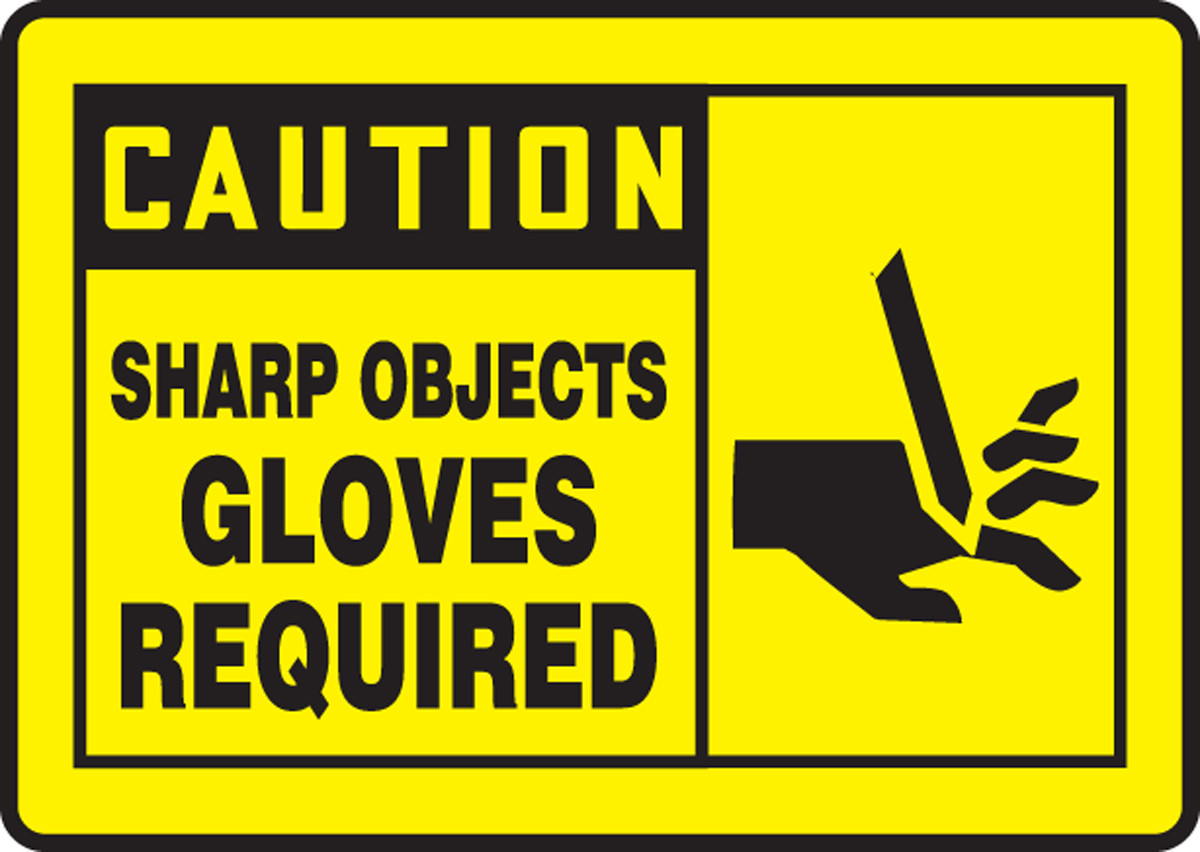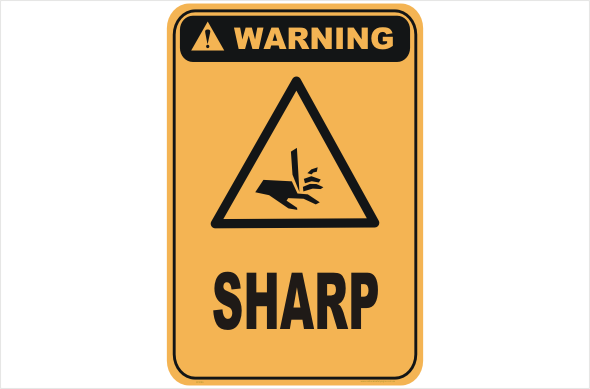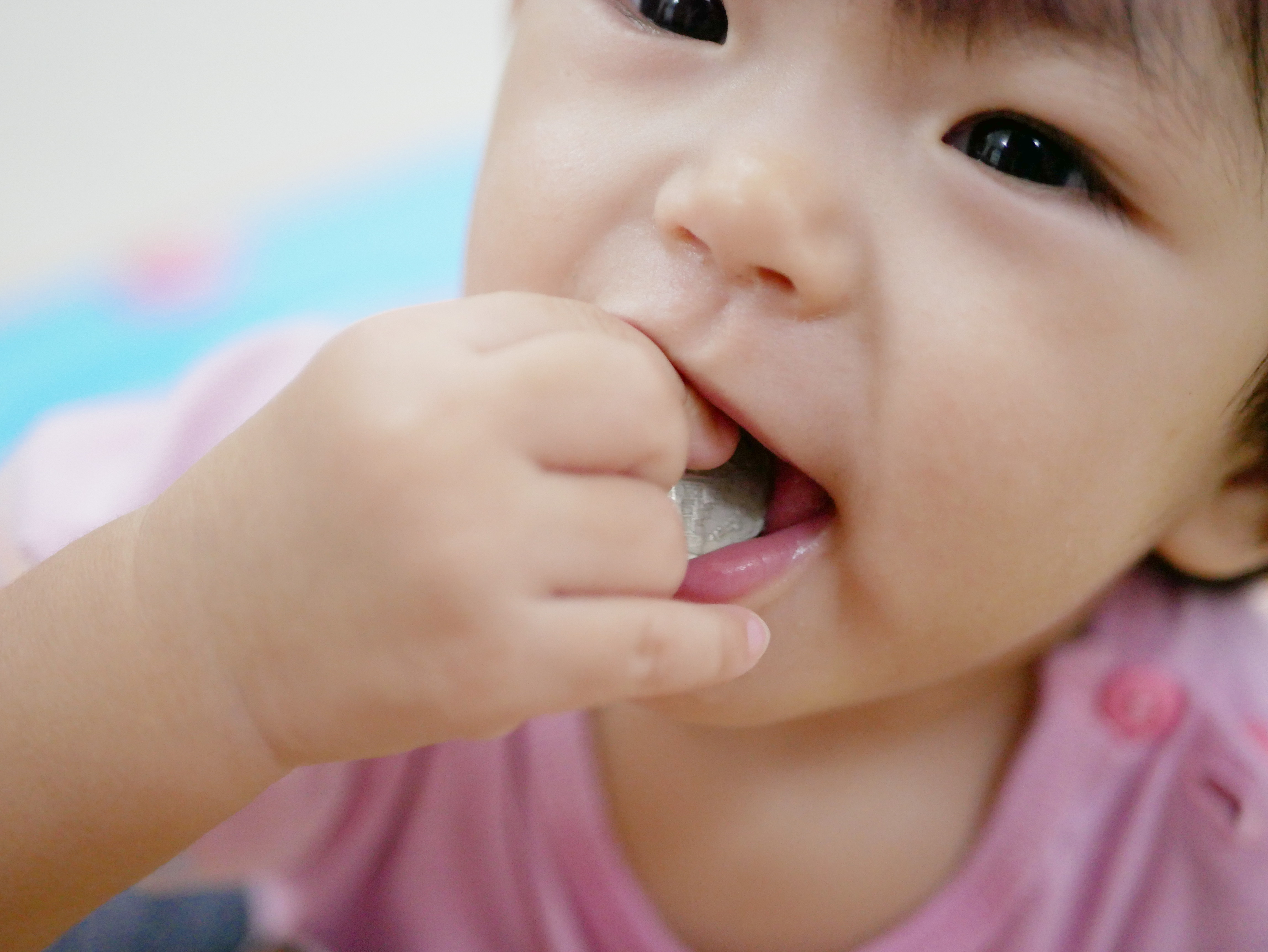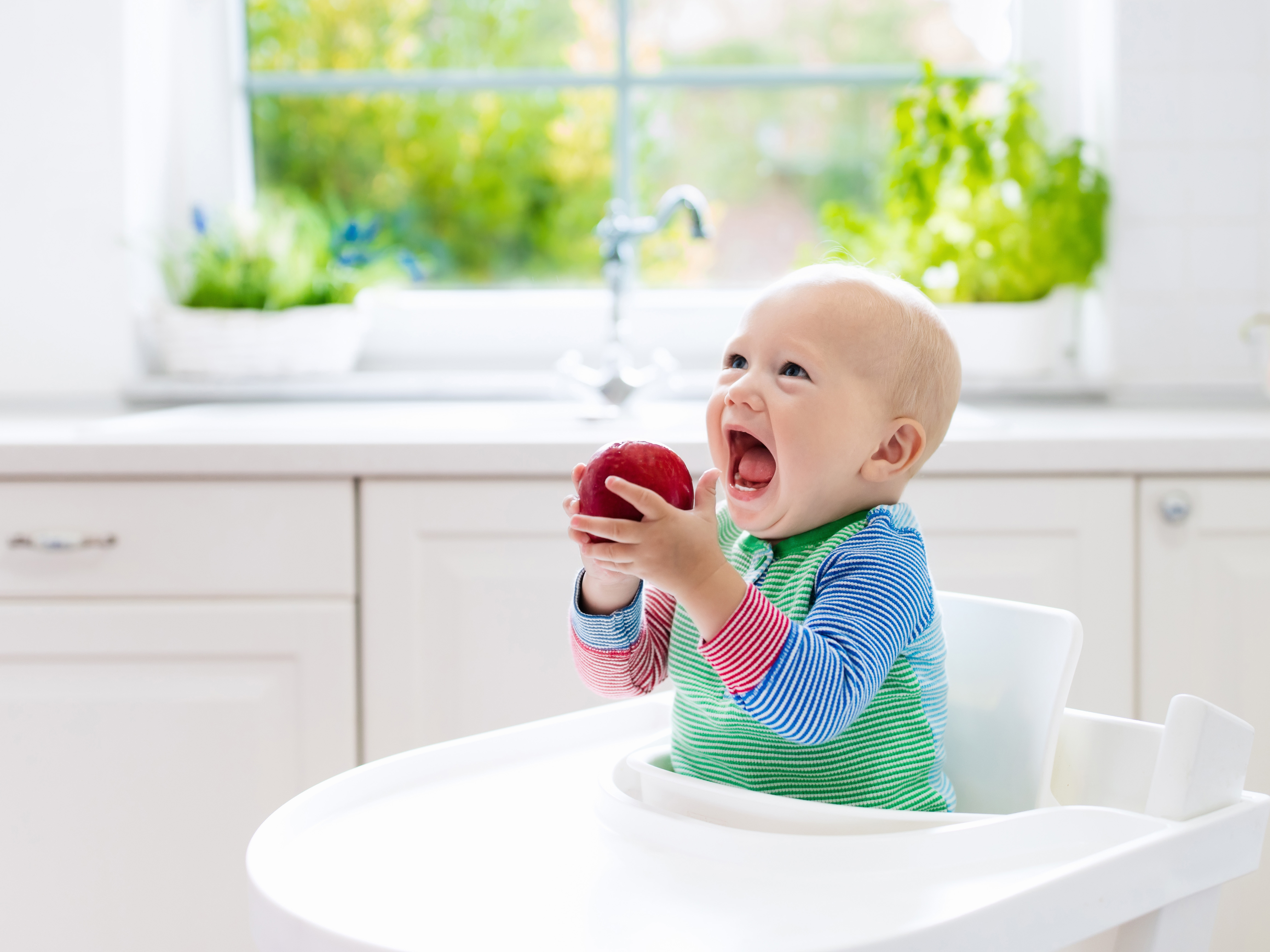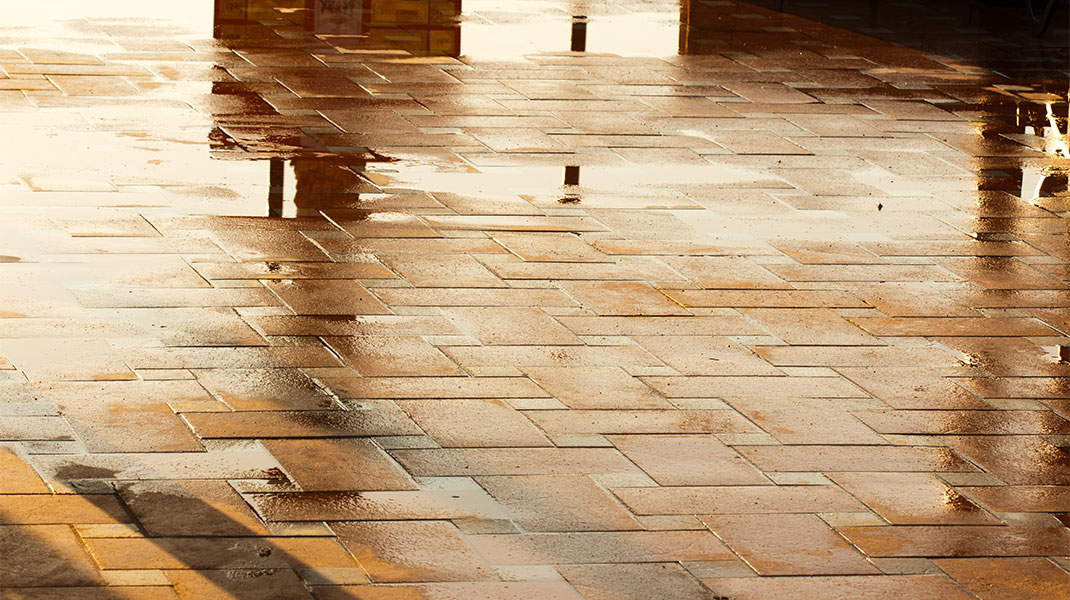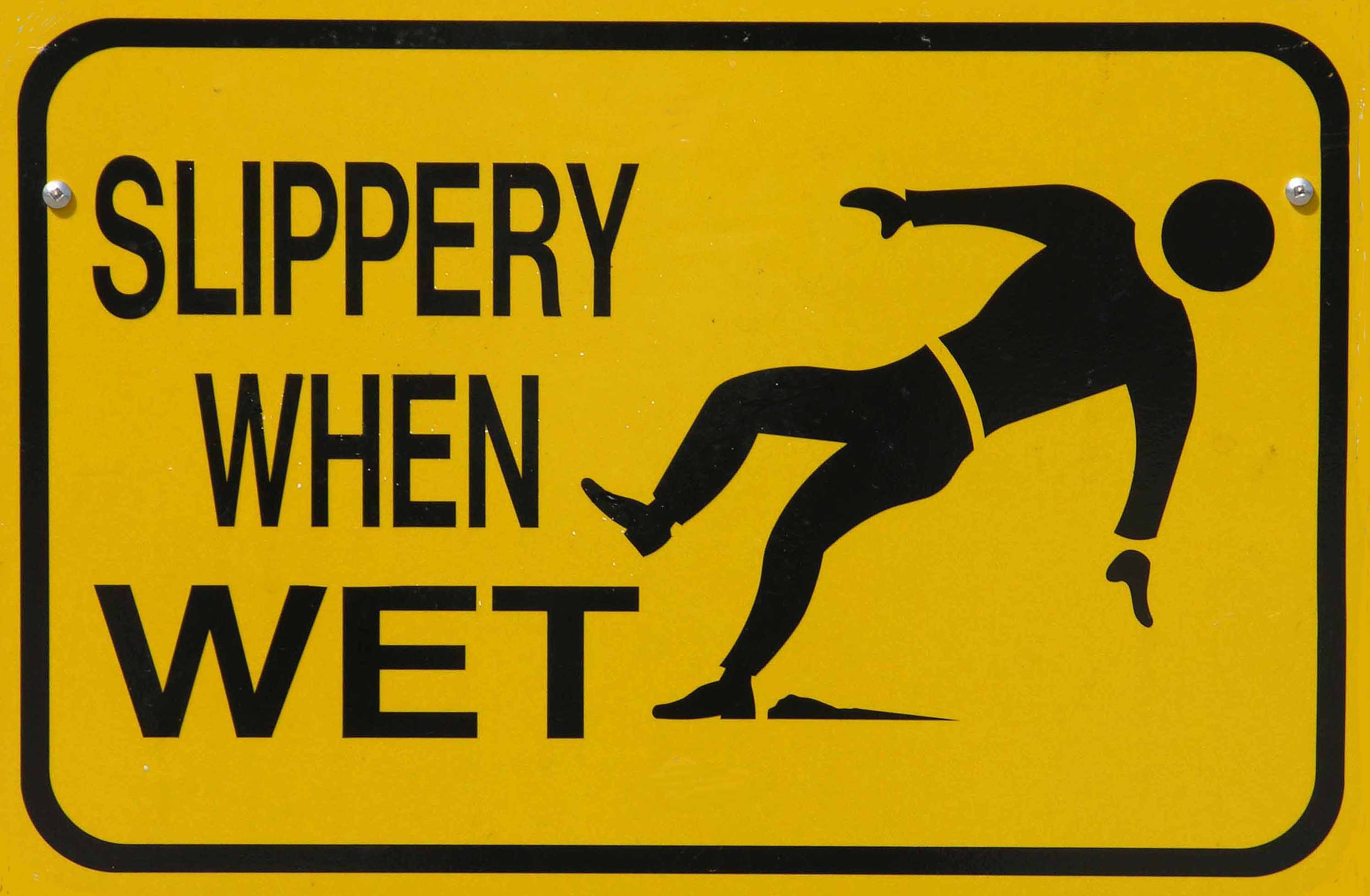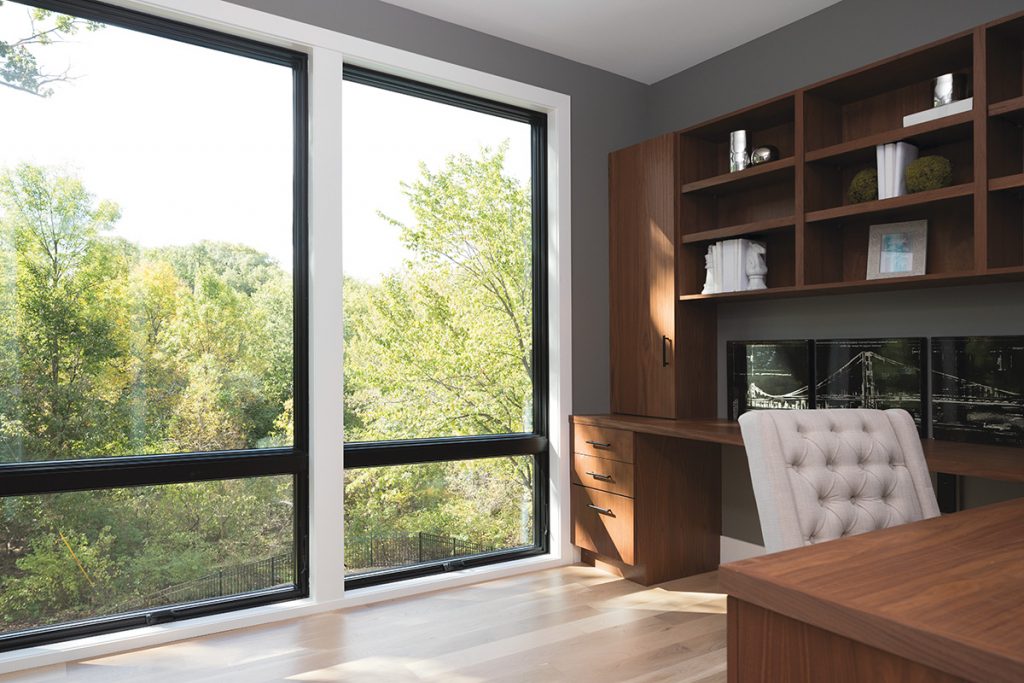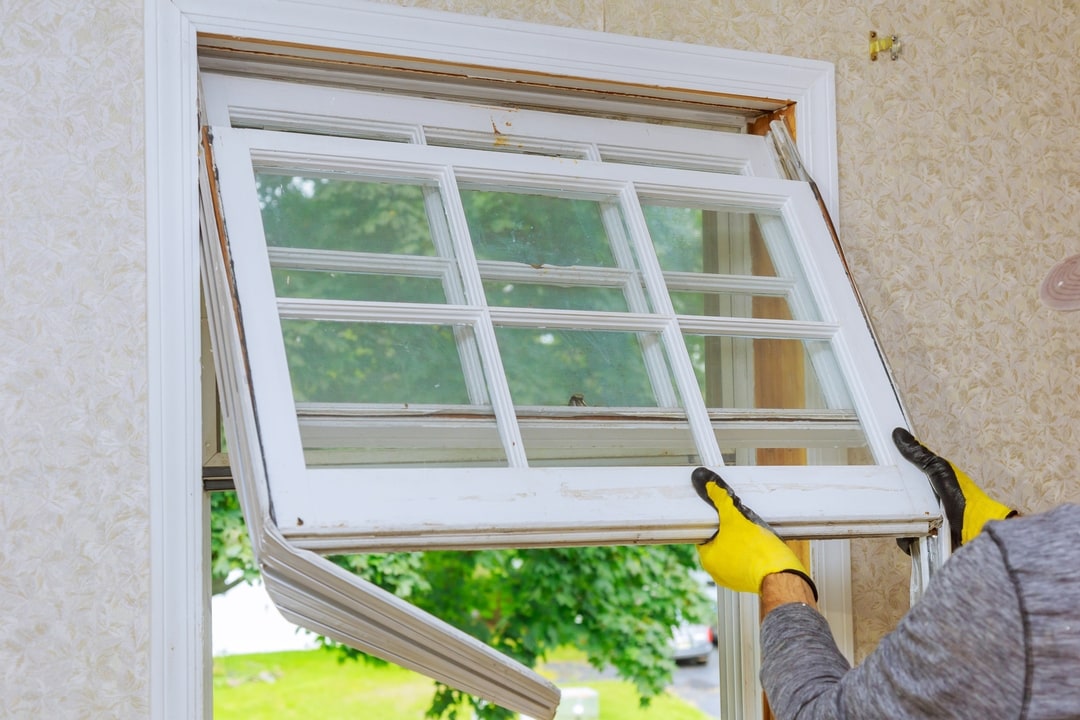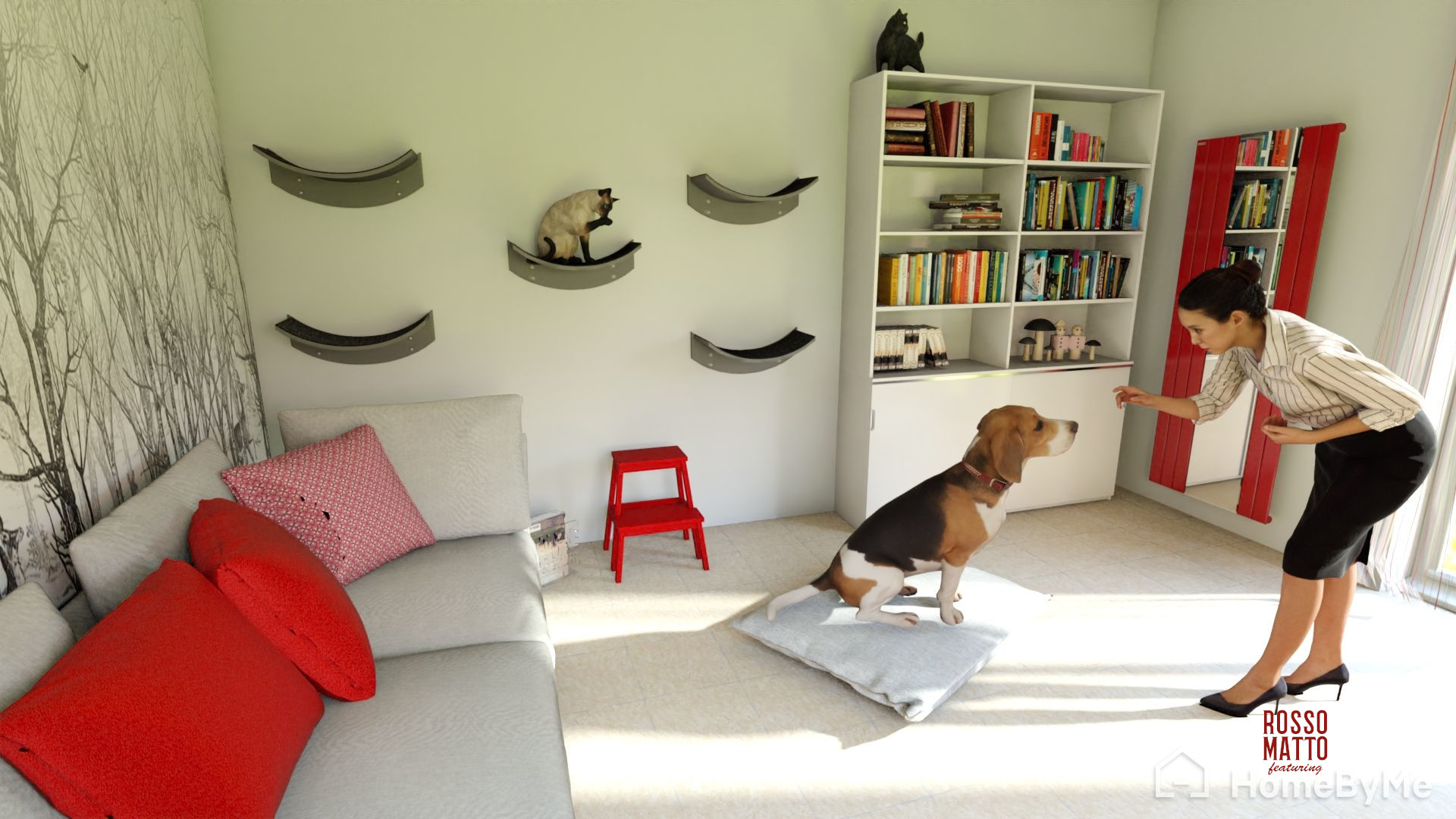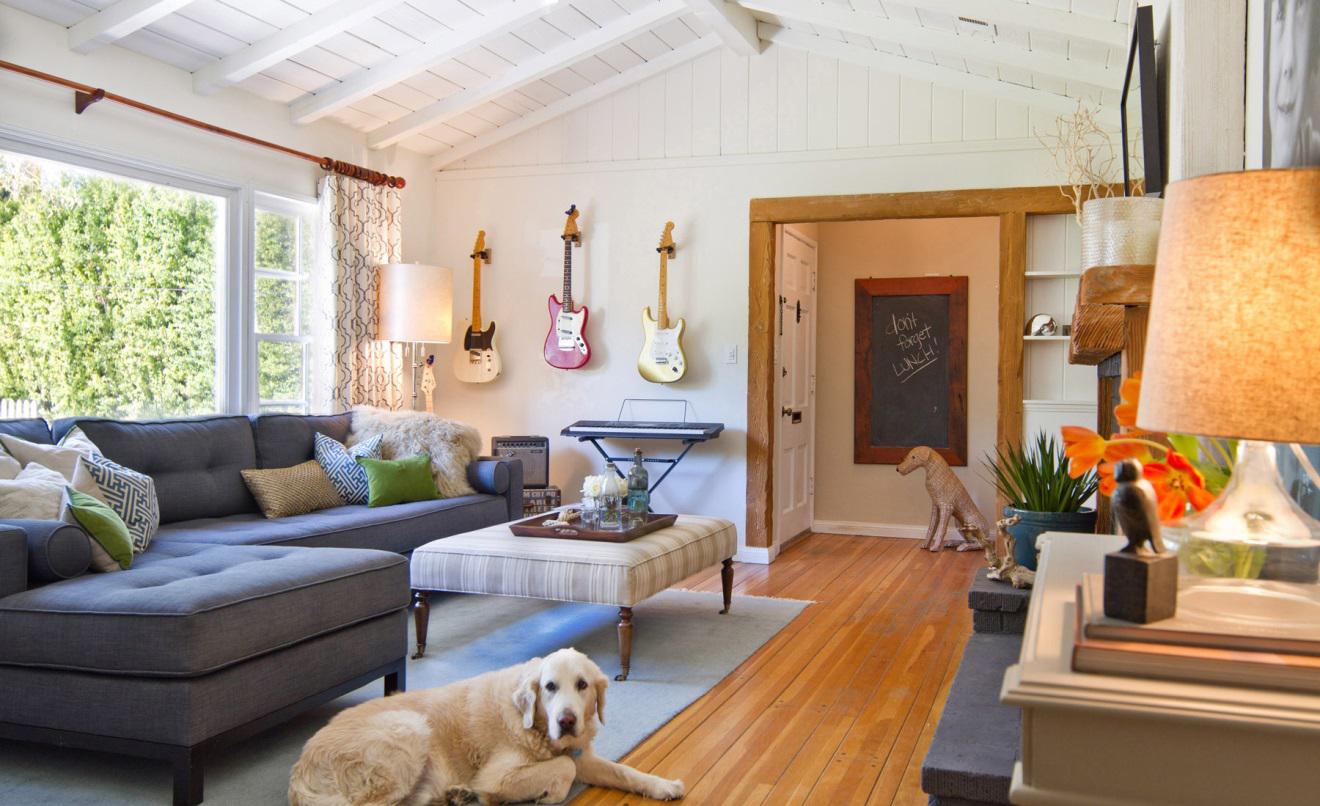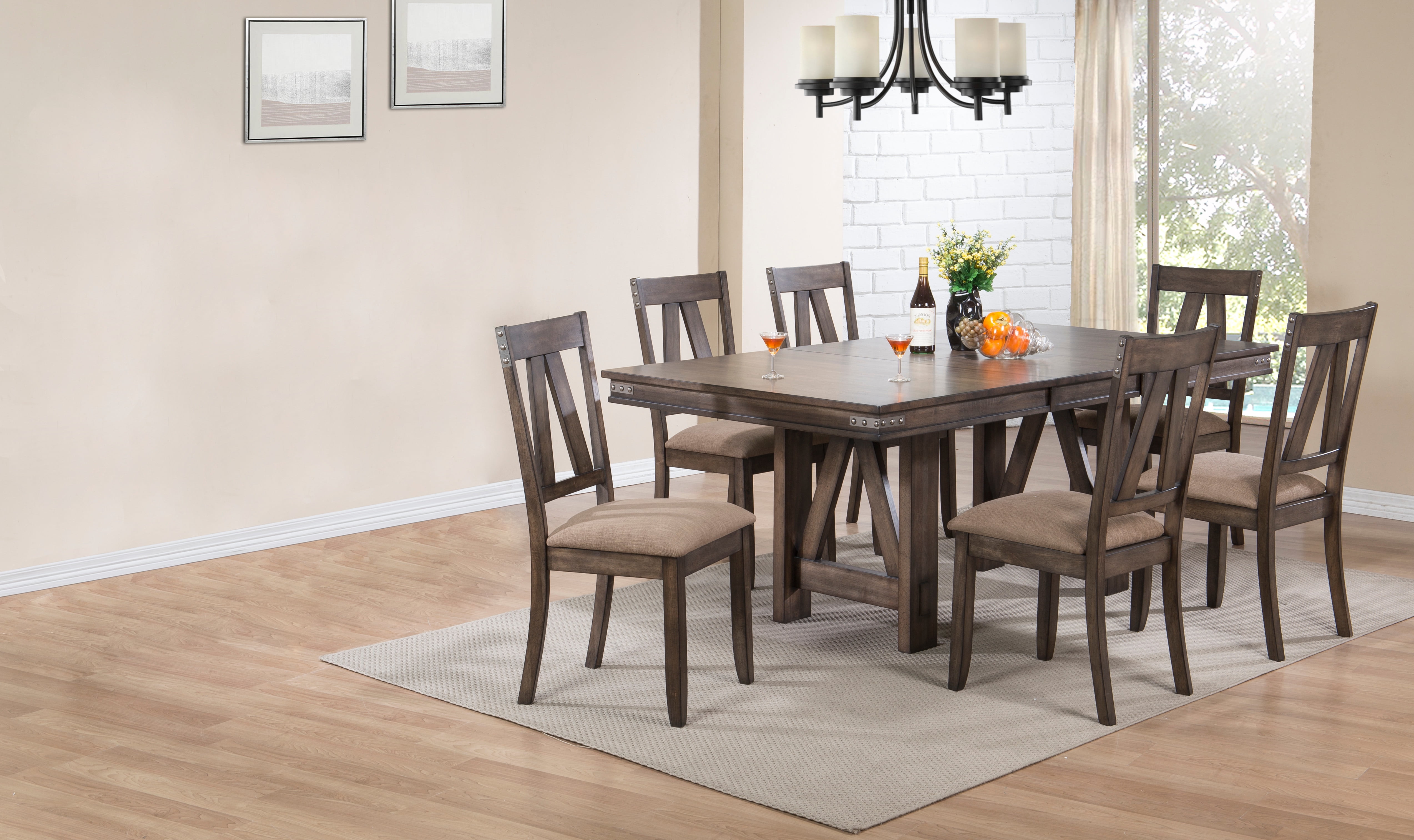The living room is a common space in every household where people gather to relax, entertain, and spend time with family. However, this room can also pose many hazards, especially when it comes to electrical safety. Electrical hazards can lead to injuries, property damage, and even fire hazards. It is essential to identify and address these hazards to ensure a safe living environment. One of the most common electrical hazards in the living room is overloaded outlets. Many people tend to plug multiple devices into one outlet, which can cause the outlet to overheat and potentially start a fire. It is recommended to use power strips with built-in surge protectors and avoid using extension cords as a permanent solution. Exposed wires are another major electrical hazard in the living room. Frayed or damaged wires can cause electrocution and increase the risk of fire. It is crucial to regularly inspect electrical cords and replace any damaged ones immediately. Furthermore, overheating electronics can also be a hazard in the living room. Make sure to give enough space around electronic devices to allow proper ventilation and avoid overheating. It is also crucial to turn off and unplug electronics when not in use to reduce the risk of electrical fires. Lastly, improper use of electrical appliances can also lead to hazards in the living room. Make sure to follow the manufacturer's instructions and use appliances as intended. Avoid using them near water sources, and never touch them with wet hands.Electrical hazards in living room
The living room is where we relax and unwind, and furniture plays a significant role in providing comfort and functionality. However, furniture hazards in the living room can also cause injuries and accidents. It is crucial to be aware of these hazards and take necessary precautions to prevent them. One of the most common furniture hazards in the living room is unstable furniture. Furniture that is not properly secured or anchored can tip over and cause injuries, especially for young children. It is essential to secure furniture such as bookshelves and TV stands to the wall to prevent accidents. Sharp edges and corners on furniture can also pose a hazard, especially for young children. It is essential to choose furniture with rounded edges or use corner covers to prevent injuries. Furniture with flammable materials can also be a fire hazard in the living room. Make sure to choose furniture made of fire-resistant materials and keep them away from heat sources such as fireplaces and heaters. Lastly, heavy and bulky furniture can be challenging to move and rearrange, which can lead to strained muscles or back injuries. It is essential to have help when moving furniture and avoid overloading shelves and cabinets.Furniture hazards in living room
The living room is a high-traffic area in every household, and tripping hazards can easily go unnoticed. However, these hazards can lead to falls, injuries, and even fractures. It is crucial to identify and address these hazards to ensure a safe living environment. Loose rugs and carpets are a common tripping hazard in the living room. Make sure to secure them with non-slip mats or double-sided tape to prevent them from slipping. It is also essential to regularly check for any frayed edges or corners and replace or repair them immediately. Furthermore, cluttered pathways can also pose a tripping hazard in the living room. Make sure to keep any toys, books, or other items off the floor and in designated storage spaces. It is also essential to keep cords and wires tidy and out of the way. Uneven flooring can also contribute to tripping hazards in the living room. Make sure to repair any uneven or cracked flooring to prevent trips and falls. It is also essential to ensure proper lighting in the living room to avoid tripping over objects in the dark. Lastly, poorly placed furniture can also create tripping hazards. Make sure to arrange furniture in a way that provides a clear and open pathway for walking. Avoid placing furniture in high-traffic areas or near doorways.Tripping hazards in living room
The living room is not typically associated with chemical hazards, but there are many chemicals present in this space that can pose a danger to our health. It is crucial to be aware of these hazards and take necessary precautions to prevent any potential harm. Cleaning products are a common source of chemical hazards in the living room. Many household cleaners contain harsh chemicals that can cause skin irritation or respiratory problems if not used properly. It is essential to read and follow the instructions carefully and use protective gear when handling these products. Aerosol sprays such as air fresheners and hairsprays can also be a source of chemical hazards. These products contain volatile organic compounds (VOCs) that can cause headaches and breathing problems if used in an enclosed space. It is recommended to use these products in a well-ventilated area and avoid using them around children. Insecticides are another common hazardous chemical found in the living room. These products contain toxic chemicals that can be harmful to humans and pets if ingested or inhaled. It is essential to follow the instructions carefully and keep these products out of reach of children and pets. Lastly, furniture polish and wax can also be hazardous if not used properly. These products contain solvents that can cause skin irritation and respiratory problems. It is essential to use protective gear and proper ventilation when using these products.Chemical hazards in living room
The living room is considered the heart of the home, and it is where we gather to relax and spend time with our loved ones. However, it is also a space that is prone to fire hazards. It is crucial to identify and address these hazards to ensure the safety of our homes and families. Candles are a common source of fire hazards in the living room. It is essential to never leave candles unattended and make sure to keep them away from flammable materials. It is also recommended to use flameless LED candles as a safer alternative. Fireplaces and heaters can also pose a fire hazard if not used properly. Make sure to have proper ventilation and clean chimneys and flues regularly to avoid the buildup of creosote and carbon monoxide. It is also essential to keep flammable materials at least three feet away from these heat sources. Furthermore, overloaded power outlets can also lead to fire hazards in the living room. As mentioned earlier, make sure to use power strips with surge protectors and avoid using extension cords as a permanent solution. It is also essential to unplug and turn off electronics when not in use. Lastly, improperly stored flammable materials such as matches and lighters can also pose a fire hazard. It is crucial to keep these items out of reach of children and pets and store them in a cool, dry place away from sources of heat.Fire hazards in living room
The living room is a place where we relax and spend time with family, but it can also be a place where accidents involving sharp objects can occur. It is crucial to be aware of these hazards and take necessary precautions to prevent injuries and accidents. One of the most common sharp objects in the living room is scissors. These items are often left lying around and can easily cause injuries, especially for young children. It is essential to store scissors in a designated area and out of reach of children. Glass objects such as vases, picture frames, and decorations can also pose a hazard in the living room. These items can easily break and cause cuts and injuries. It is essential to handle these items with care and avoid placing them on low tables or shelves where they can be easily knocked over. Furthermore, sharp corners and edges on furniture can also be a hazard, especially for young children. As mentioned earlier, it is essential to choose furniture with rounded edges or use corner covers to prevent injuries. Lastly, knives and other kitchen utensils can also be a source of sharp object hazards in the living room. Make sure to store these items properly and out of reach of children. It is also essential to handle them with care and avoid leaving them lying around on tables or couches.Sharp objects hazards in living room
The living room is where we spend a significant amount of time, and it is essential to consider choking hazards, especially for young children. It is crucial to identify and remove these hazards to prevent choking accidents. Small objects such as coins, buttons, and small toys can easily become choking hazards for young children. It is essential to keep these items out of reach and regularly inspect the living room for any small objects that may have fallen on the floor. Furthermore, balloons can also be a choking hazard, especially if they pop or deflate and become easily ingestible. It is recommended to keep an eye on children playing with balloons and dispose of any broken or deflated ones immediately. Electronic devices and batteries can also pose a choking hazard, especially for young children. Make sure to keep remote controls, smartphones, and other devices out of reach and avoid leaving loose batteries lying around. Lastly, plastic bags and packaging materials can also become a choking hazard. It is essential to properly dispose of these items and keep them out of reach of young children.Choking hazards in living room
The living room is a space where we spend a lot of time walking and moving around. However, slippery hazards can easily cause accidents and injuries if not addressed. It is crucial to identify and address these hazards to ensure a safe living environment. Wet floors are a common cause of slipping hazards in the living room, especially if someone has just entered the house with wet shoes or if something has spilled. Make sure to clean up any spills immediately and place a mat near the entrance to prevent wet shoes from causing slippery floors. Flooring material such as marble or hardwood can also be slippery, especially when wet. It is essential to place rugs or non-slip mats in areas where these types of flooring are present to prevent slipping accidents. Furthermore, loose rugs and carpets can also pose a slippery hazard. As mentioned earlier, make sure to secure these items with non-slip mats or double-sided tape to prevent them from slipping. Lastly, cluttered floors can also contribute to slipping hazards. Make sure to keep any toys, books, or other items off the floor and in designated storage spaces. It is also essential to keep cords and wires tidy and out of the way.Slippery hazards in living room
The living room is often the room with the most windows, providing natural light and a view of the outside. However, window hazards can also pose a danger if not addressed. It is crucial to identify and address these hazards to ensure a safe living environment. Window coverings such as blinds and curtains can be a strangulation hazard, especially for young children. It is essential to choose cordless options or keep cords out of reach and secure them with cord clips or ties. Furthermore, broken or cracked glass in windows can also pose a danger. It is crucial to regularly inspect windows and replace any damaged glass immediately. It is also essential to avoid placing furniture near windows to prevent children from climbing and potentially breaking the glass. Window screens can also be a hazard, especially if they are not properly secured. Make sure to regularly check and secure screens to prevent them from falling out and potentially causing injuries. Lastly, window locks and latches that are not functioning correctly can also pose a danger, especially for young children. It is crucial to regularly check and maintain these locks and latches to ensure they are working correctly and preventing falls.Window hazards in living room
For many households, pets are an essential part of the family. However, they can also pose hazards in the living room if not properly taken care of. It is crucial to be aware of these hazards and take necessary precautions to ensure the safety of both humans and pets. Chewing hazards are a common concern with pets, especially puppies and kittens. Make sure to keep any cords or wires out of reach and use cord covers to prevent pets from chewing on them. It is also essential to keep small objects off the floor and out of reach of pets.Pet hazards in living room
Hazard in the Living Room: How to Design a Safe and Stylish Space
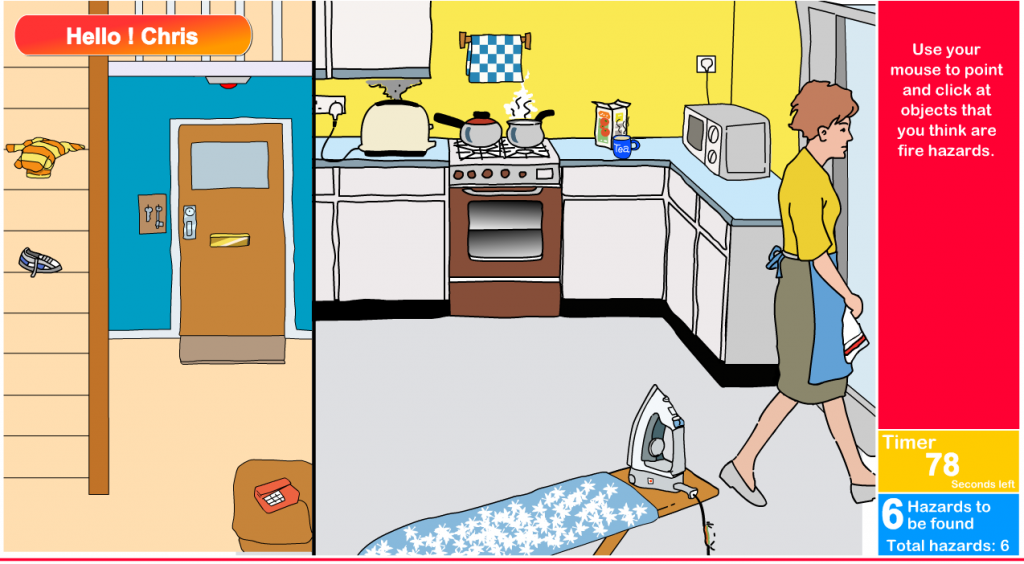
The living room is often considered the heart of a home, where families gather to relax, entertain, and spend quality time together. However, this space can also pose potential hazards if not properly designed and maintained. From tripping hazards to fire hazards, there are several things to consider when designing a safe and stylish living room. In this article, we will explore some common hazards in the living room and provide tips on how to prevent accidents and create a secure and inviting space for everyone in the family.
Tripping Hazards

Trips and falls are one of the leading causes of injuries in the home, and the living room is no exception. With furniture, cords, and other objects scattered around, it's easy for someone to trip and injure themselves. To minimize tripping hazards, make sure to keep the living room clutter-free and arrange furniture in a way that allows for easy movement. Avoid placing furniture in high traffic areas and always keep cords and wires neatly tucked away. You can also use furniture anchors to secure heavy items like bookshelves and TV stands to the wall to prevent them from tipping over.
Fire Hazards

Fire hazards are a serious concern in any home, and the living room is a common place where fires can start. Electrical appliances, such as TVs, heaters, and lamps, can overheat and cause a fire if left unattended or improperly used. To reduce the risk of fires, make sure to follow the manufacturer's instructions when using electrical appliances and never leave them running when you leave the room. It's also important to regularly check and replace any damaged cords or wires and keep flammable items, like curtains and furniture, away from heat sources.
Chemical Hazards
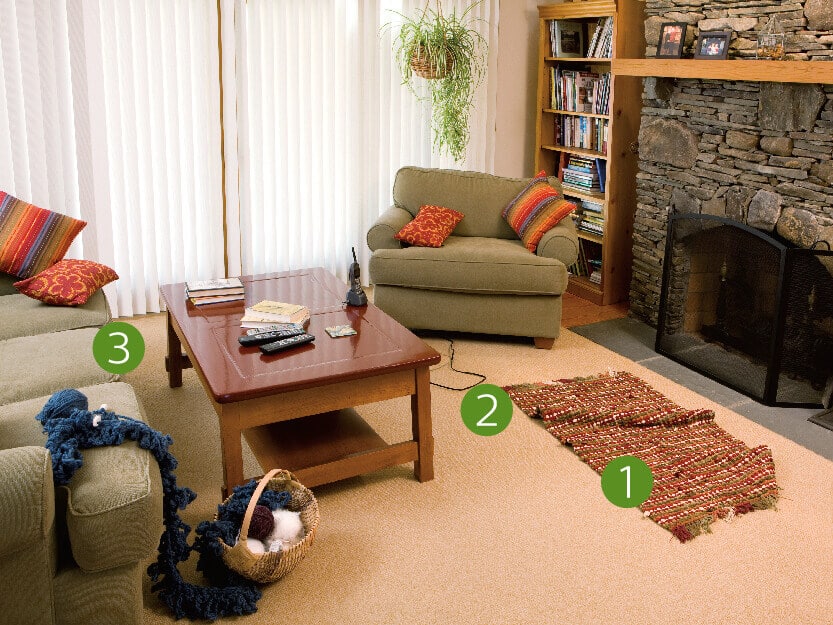
Many common household items, such as cleaning products, can contain harmful chemicals that can be dangerous if ingested or inhaled. These items are often found in the living room, making it important to store them safely out of reach of children and pets. Consider using childproof locks on cabinets and drawers to prevent curious hands from accessing these products. You can also opt for natural, non-toxic cleaning alternatives to reduce the risk of chemical exposure.
Lighting Hazards

Inadequate lighting can also pose a hazard in the living room, especially for older adults and those with vision impairments. Poor lighting can increase the risk of falls and accidents, especially at night. Make sure to have ample lighting in the living room, including overhead lights and lamps, and use light switches that are easily accessible. It's also a good idea to install motion-sensor lights in hallways or near stairs for added safety.
In conclusion, designing a safe and stylish living room requires careful consideration of potential hazards and taking necessary precautions. By keeping the space clutter-free, using childproof locks, properly using electrical appliances, and ensuring adequate lighting, you can create a comfortable and secure living room for everyone in the family to enjoy. Remember to regularly check for any potential hazards and address them promptly to maintain a safe and inviting living room for years to come.


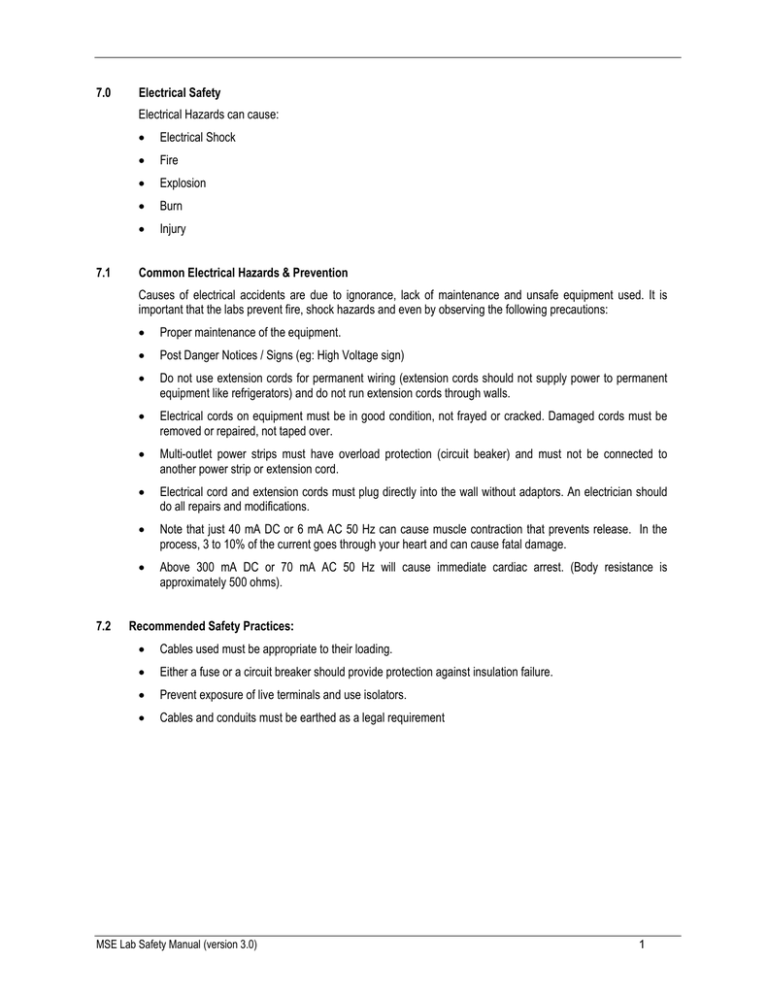




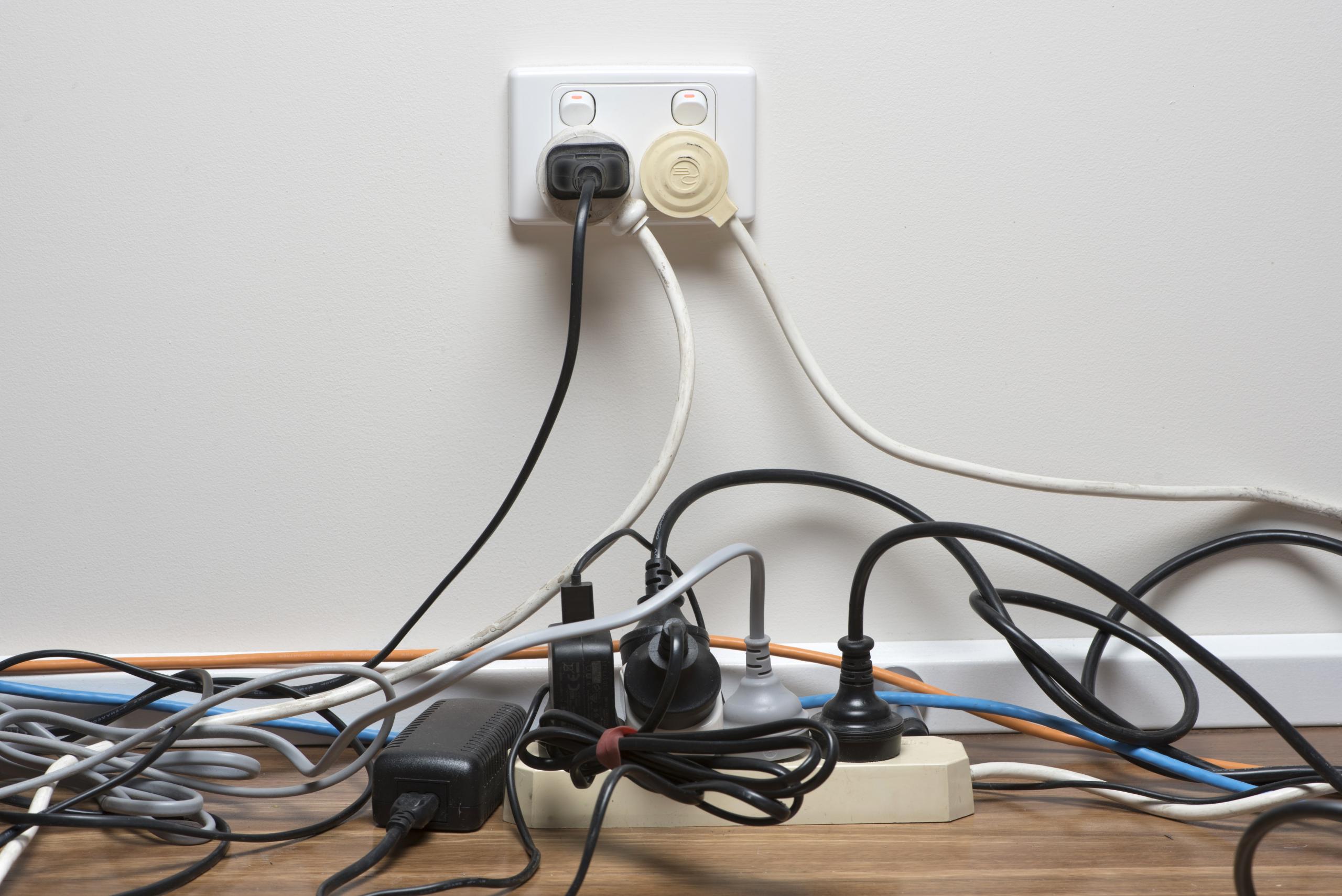

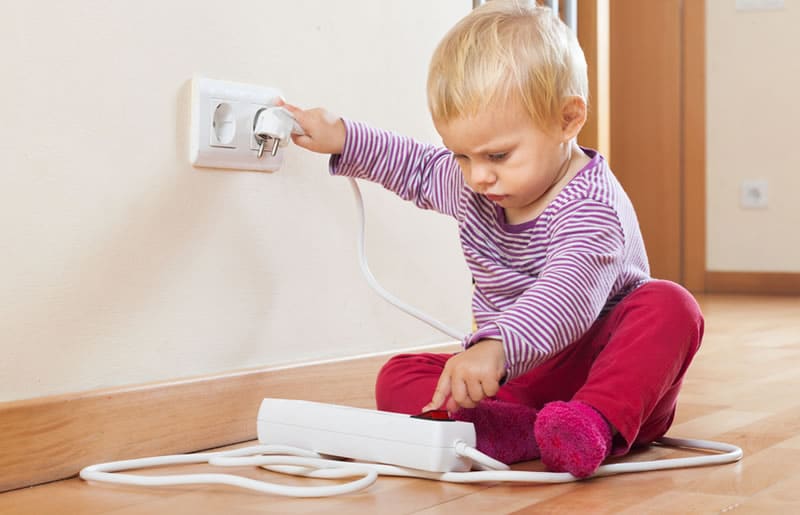









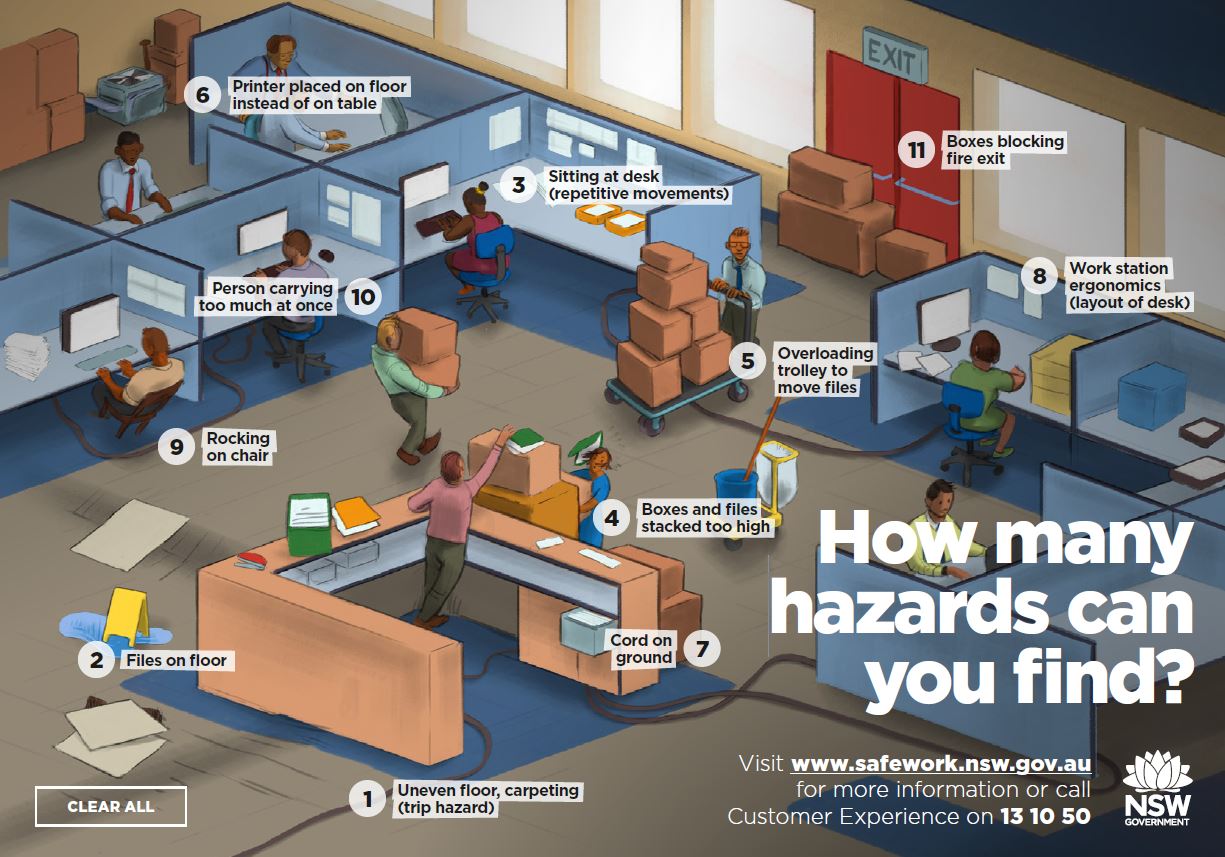
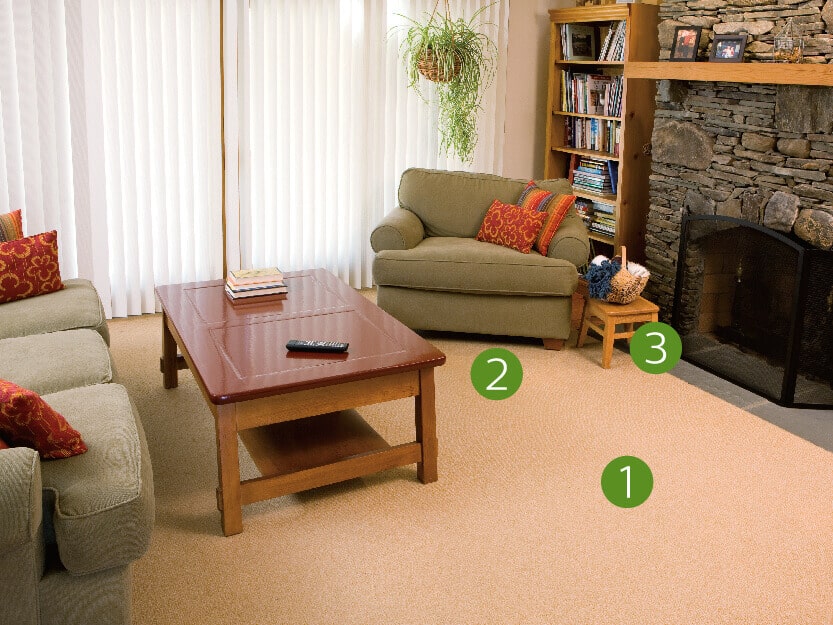


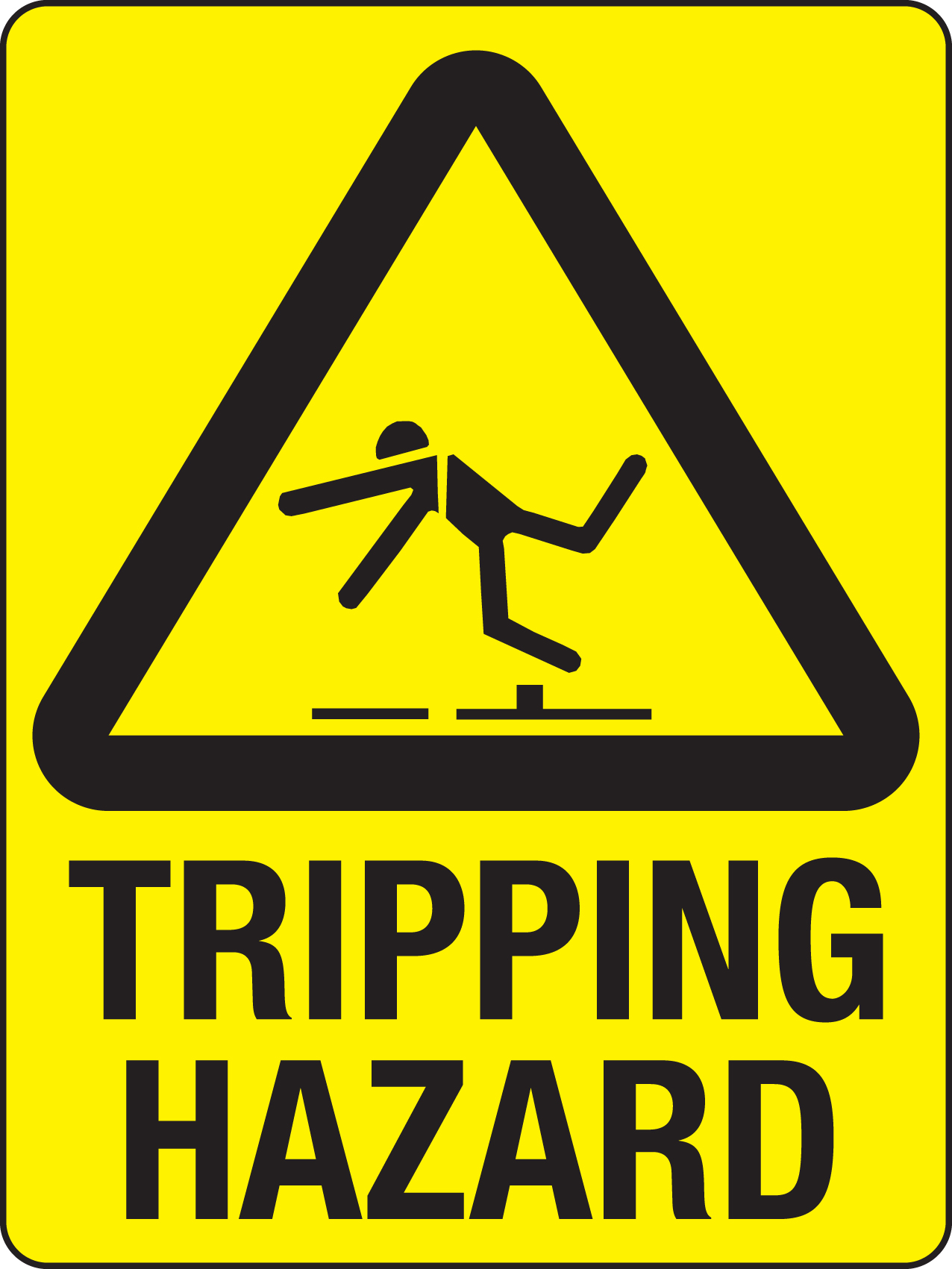


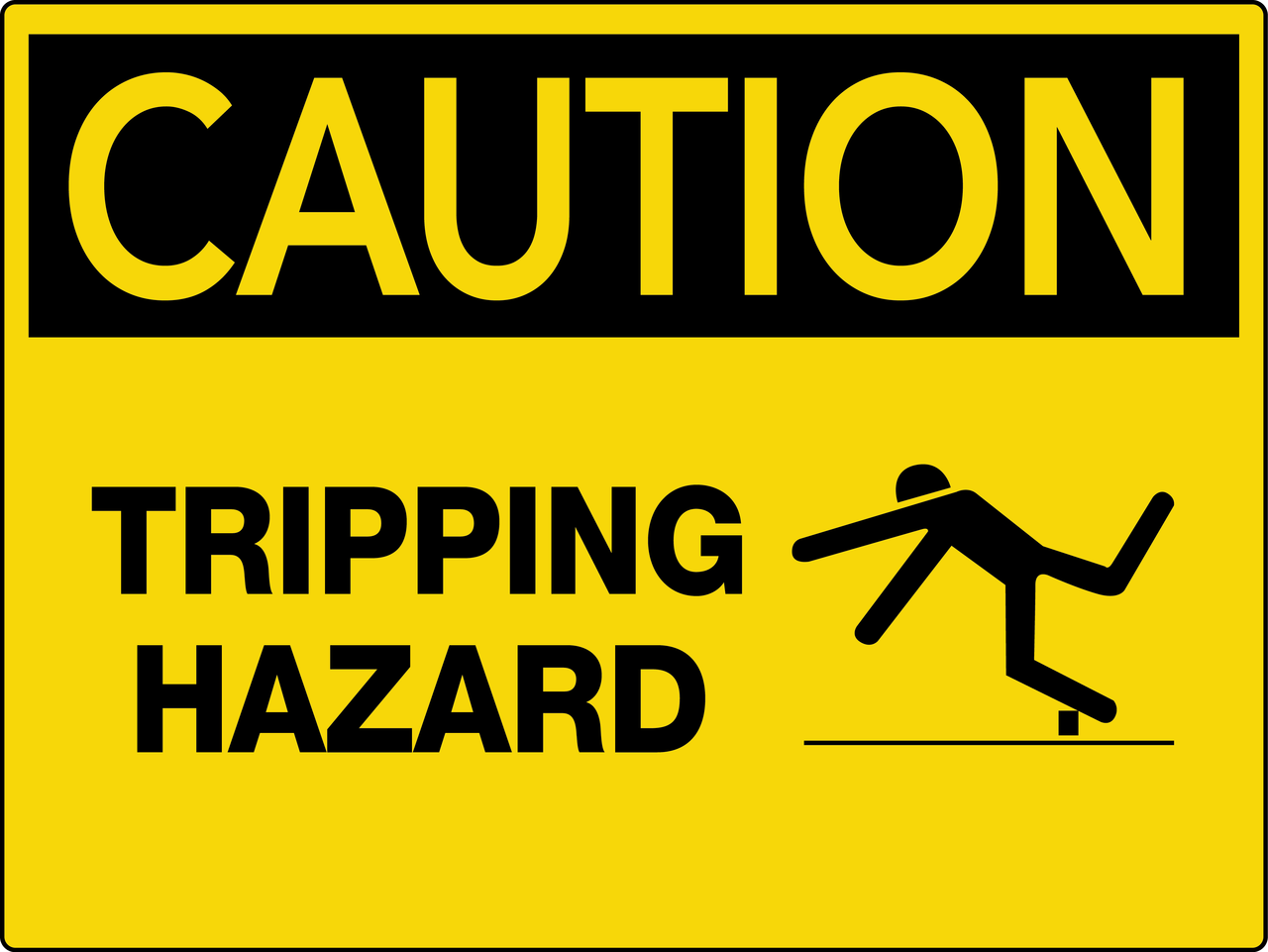
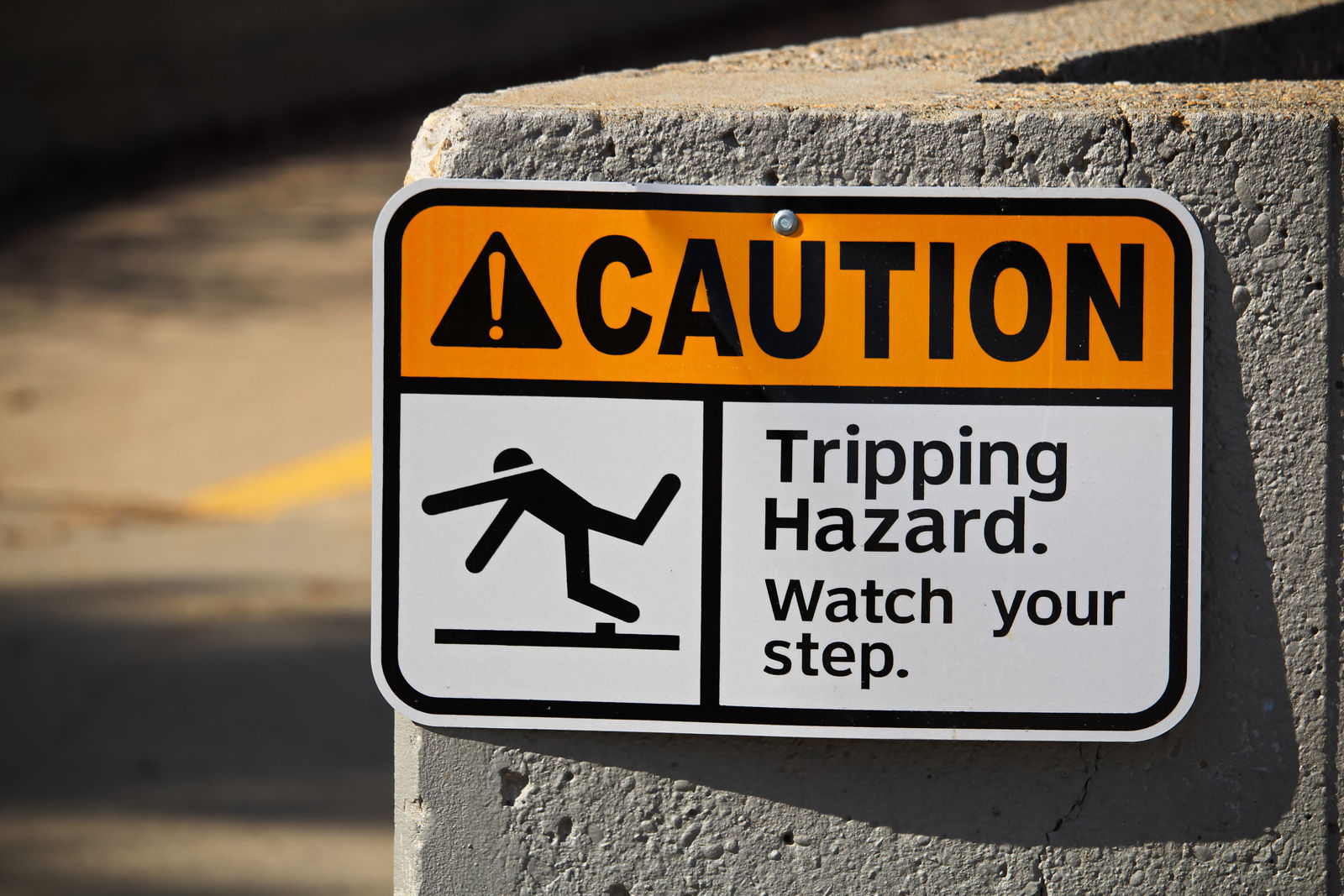


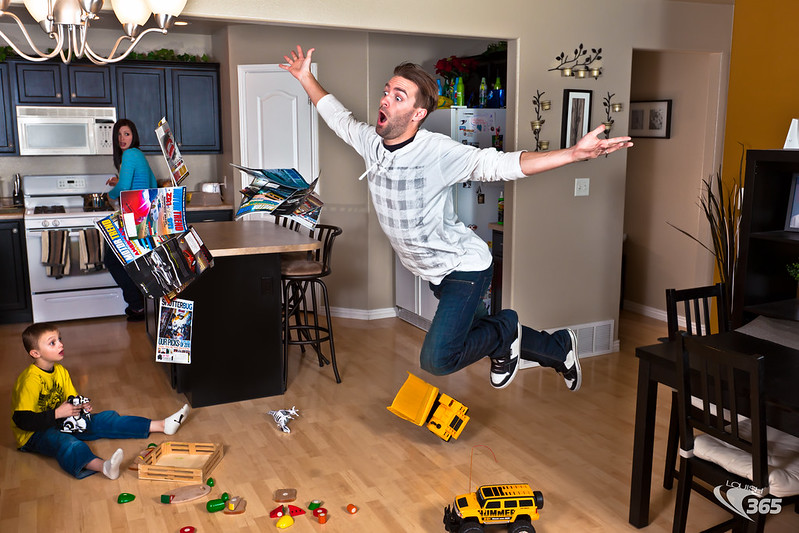


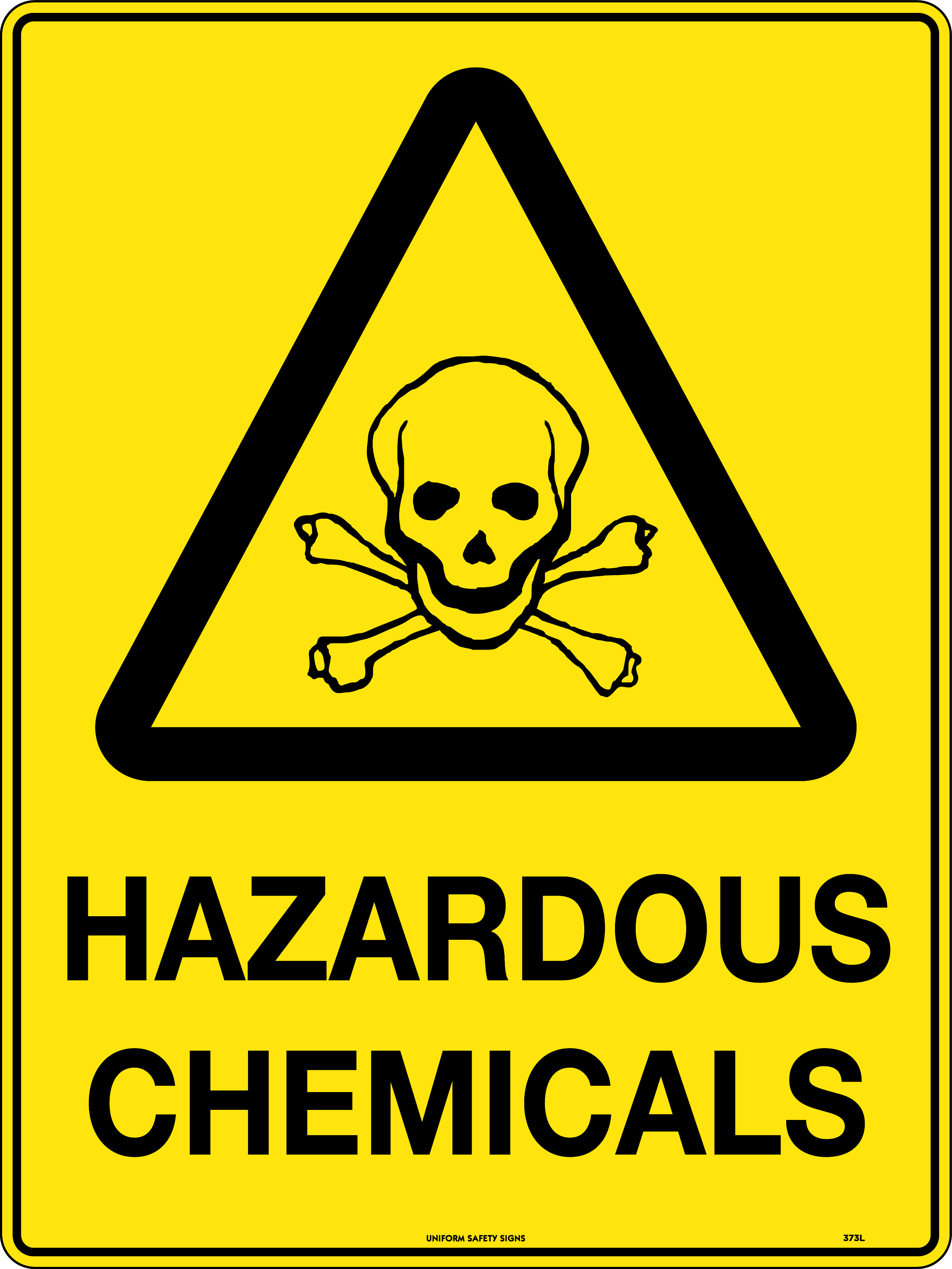


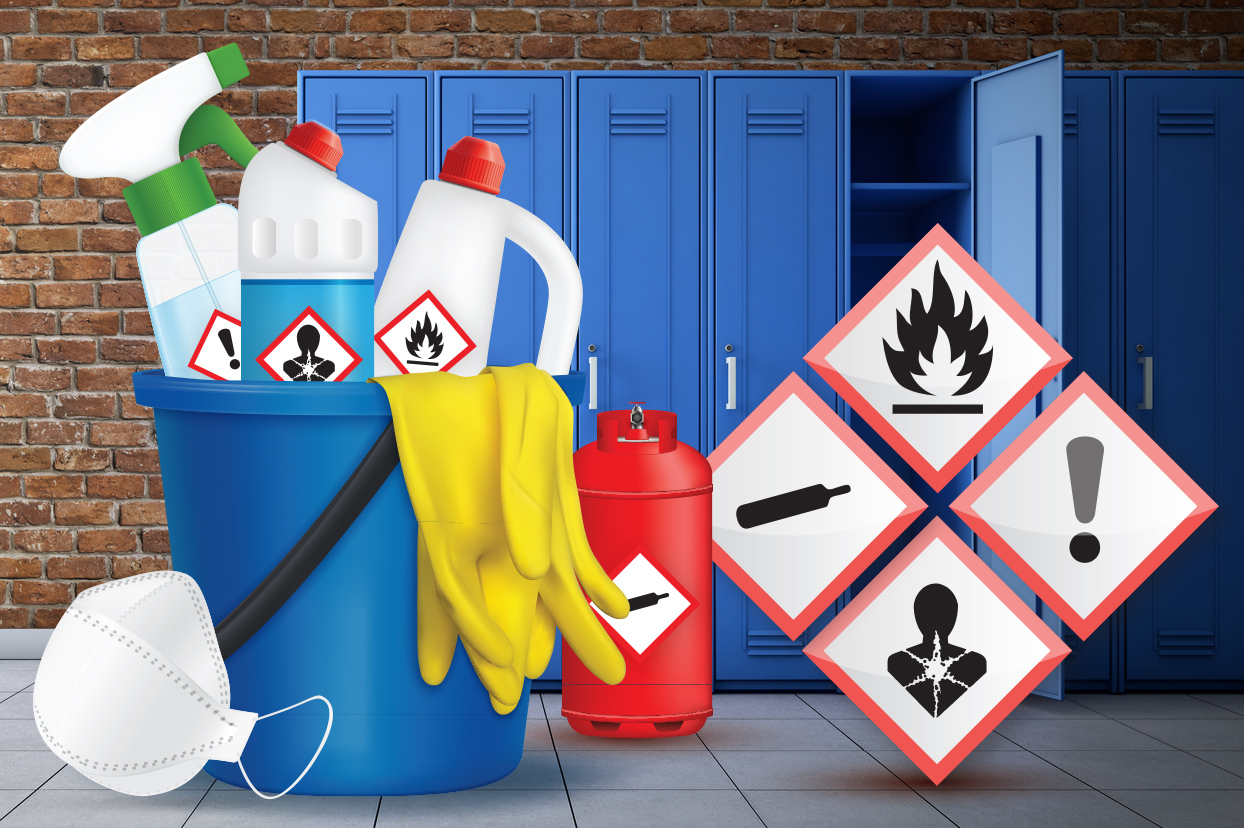



.jpg)







